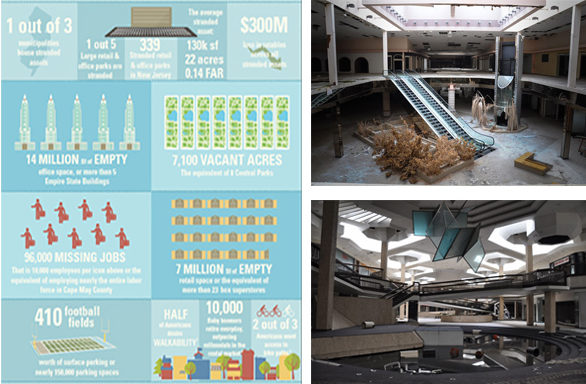Friday, February 24th the CORFAC International Spring Conference was in San Diego. It didn’t suck. The conference was from the 22nd to the 25th.
One of the opening sessions featured keynote speaker Greg Lindsay, Author and Industry Trend Analyst.
You may have heard about software-as-a-service (SAAS). What I am certain that you’ve never heard about is Cities-as-a-Service! Greg’s presentation kicked off with strong images depicting the ‘death of the mall’ and an overview of stranded assets. The combination kind of set the tone challenging the audience to re-imagine… office buildings… retail buildings… cities themselves.

Greg was one of the most dynamic and fascinating speakers that I have heard. Make sure not to miss the last few Takeaways about Sociometric badges and their application for office space design. Crazy!
After a few statistics on population, jobs, wages, and Walkable Urbanism (check out slide 15)… Greg dove into the meat of the presentation outlining 4 areas where the Cities of tomorrow (except much of this is already happening) are creating a competitive advantage connecting technology with ecology. The Takeaways from each area is outlined below.
- Transportation
- For the last 75 years we’ve been building the city around the automobile
- 15 years ago that changed with the rise of car sharing
- Then there was a breakthrough with ride sharing – that changed behaviors overnight
- 6 years ago there were no bicycle sharing programs
- Transit – several cities voted to expand programs
- Go LA App– cities investing in technology – how to get around by transit preference
- Via startup– for On-demand transit
- Elon musk will build an electric autonomous bus
- Welcome the age of autonomous personal cargo carriers – Meet Gita

What if autonomous vehicles are not utopia – what if it’s a nightmare that hackers can get into?
- What happens when autonomous cars are the only thing on the road? – They are more efficient than humans and highways are funded by gas consumption.
- What does that do to the municipal tax structure?
- Do surface parking and garages become development sites?
- What happens when people figure out its cheaper to send their car on a continuous loop than to park?

- Work
- A different type of work coming back to vogue –employees want to experience ‘community’ in the work environment
- Ace Hotel NYC– lobby invites people to congregate, socialize, work, or wind down
- WeWork office space model is growing and expanding
- Breather in Montreal – is a concept providing flexible conference rooms, meeting space, and bedrooms
- Office towers are combining WeWork space with WeLive apartments – sign up and potentially move around to other cities

- Public Space
- The Container Park in Down Town Las Vegas was mentioned – an example as an amenity the Down Town Project put in to create a dynamic meeting space
- Parking lots being turned into Food Truck Courts
- Build a Better Block is a movement that can show public officials what the residents would like to see in their neighborhoods
- Along with Tactical Urbanism – low cost temporary changes to improve public spaces

- The Network
- Pokémon Go– the imposition of a virtual world dropped on your real estate without your permission. How does this affect property values positively or negatively?
- The relationship app Hinge goes through your friends and sorts out gaps in social graphs – What about application for office space?
- Sociometric badges by Human Dynamics Lab are employee lanyards that measure employee interactions – it cares less about what you say – cares more about who you say it to. It is changing again how occupiers are using office space.
- The slide below shows the results of such an experiment. The R&D department of this company is on the far right, totally disconnect from interactions with the rest of the company.

